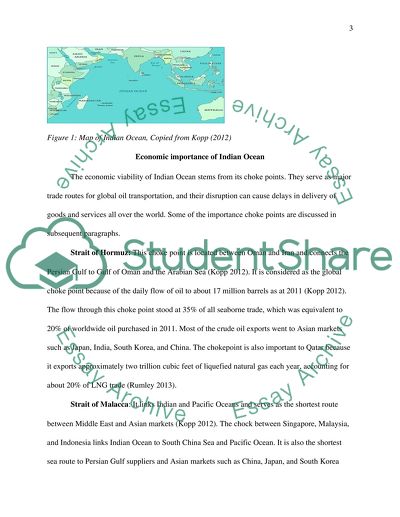Cite this document
(Economic Importance of Indian Ocean Case Study Example | Topics and Well Written Essays - 2250 words, n.d.)
Economic Importance of Indian Ocean Case Study Example | Topics and Well Written Essays - 2250 words. Retrieved from https://studentshare.org/macro-microeconomics/1688204-how-significant-are-maritime-issues-in-the-indian-ocean-in-terms-of-overall-global-security-and-stability
Economic Importance of Indian Ocean Case Study Example | Topics and Well Written Essays - 2250 words. Retrieved from https://studentshare.org/macro-microeconomics/1688204-how-significant-are-maritime-issues-in-the-indian-ocean-in-terms-of-overall-global-security-and-stability
(Economic Importance of Indian Ocean Case Study Example | Topics and Well Written Essays - 2250 Words)
Economic Importance of Indian Ocean Case Study Example | Topics and Well Written Essays - 2250 Words. https://studentshare.org/macro-microeconomics/1688204-how-significant-are-maritime-issues-in-the-indian-ocean-in-terms-of-overall-global-security-and-stability.
Economic Importance of Indian Ocean Case Study Example | Topics and Well Written Essays - 2250 Words. https://studentshare.org/macro-microeconomics/1688204-how-significant-are-maritime-issues-in-the-indian-ocean-in-terms-of-overall-global-security-and-stability.
“Economic Importance of Indian Ocean Case Study Example | Topics and Well Written Essays - 2250 Words”. https://studentshare.org/macro-microeconomics/1688204-how-significant-are-maritime-issues-in-the-indian-ocean-in-terms-of-overall-global-security-and-stability.


